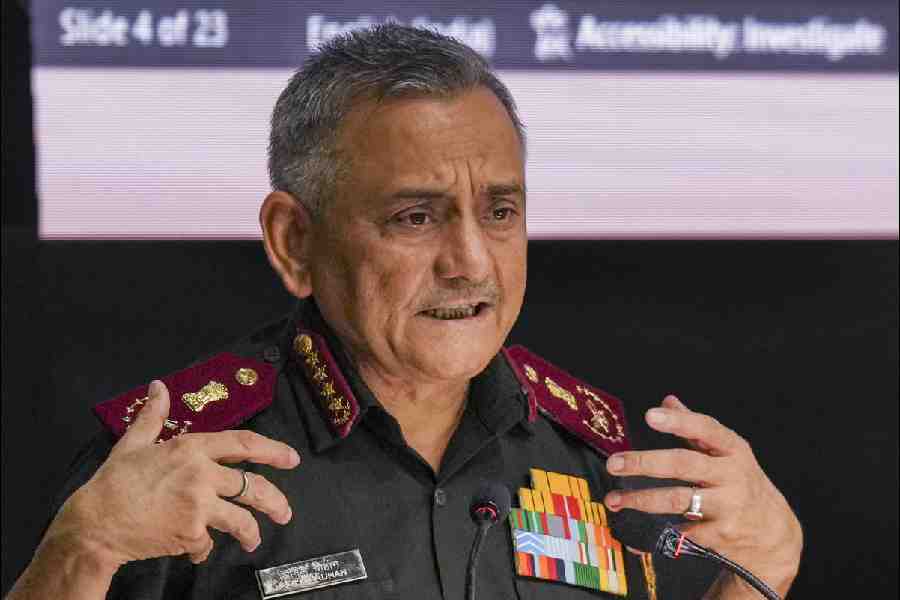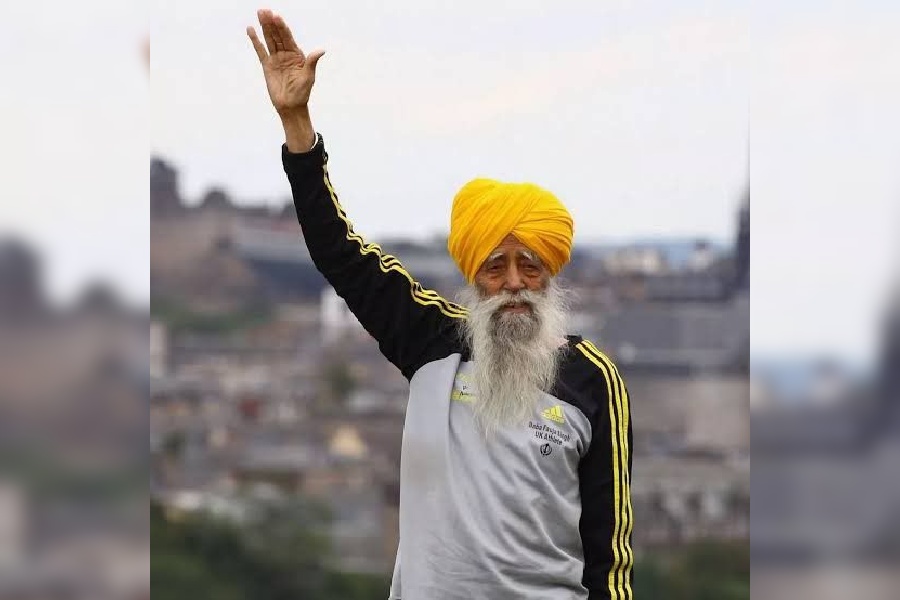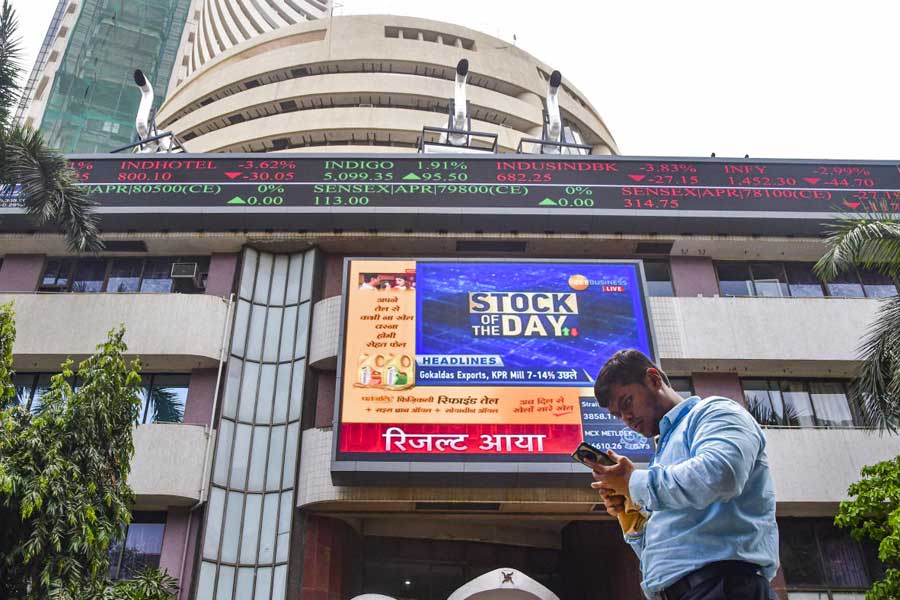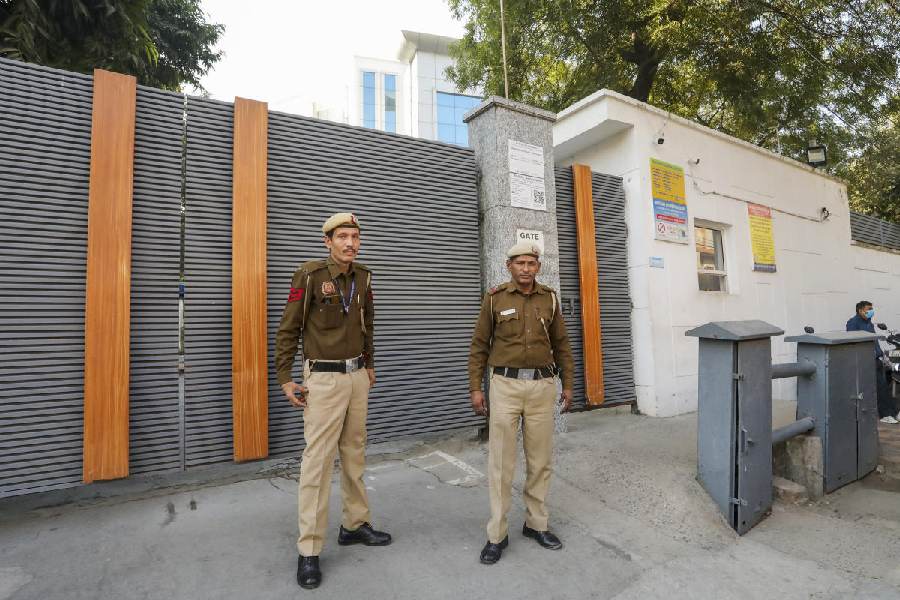
India has successfully established its singular brand of democracy. It is the largest, most vibrant and, arguably, the most complex globally. Unsurprisingly, it continues to throw up new challenges. Yet through the best and worst of times , it has proven indisputably to be a beacon of hope for its people.
The democratic experience of 70 years after Independence has been extensively studied. The undisguised scepticism of the colonial rulers and many of the ruling elite has been effectively shattered. However, there is little unanimity on whether or not democratic dividends, as enshrined in the Constitution, have been actualized and whether or not they are being held hostage to unspooling twists and turns of socio-political dynamics.
Ornit Shani's How India Became Democratic takes us to the start of the eventful democratic journey. It is the rewind dimension that marks it out from others in the genre. The spotlight is given a deft academic swivel and fixed on what was so far a record room in a no- go zone.
From November 1947, India embarked on the preparation of the first draft electoral roll on the basis of universal adult franchise. The secretariat of the Constituent Assembly initiated the undertaking in the midst of the Partition that was tearing the territory and people apart and while 552 sovereign princely states had yet to be integrated into India. As the author asserts, turning all adult Indians into voters over the next two years against many odds required an immense power of imagination. Doing so was a stark act of decolonization. Indians imagined universal franchise for themselves, acted on this, and made it their political reality. By late 1949, India pushed the bounds of world's democratic imagination further and gave birth to its largest democracy.
The preparation of the electoral roll, a staggeringly bold operation, expanded the existing constricted electorate more than five-fold to over 173 million, constituting 49 per cent of the country's population, 85 per cent of whom had never voted for their political representatives in a legislative assembly and a vast majority of whom were poor and illiterate. This exercise was taken up in anticipation of the Indian Constitution. Indians were, in fact, primed as voters before they became citizens.
The primary focus of the book is on the practical rather than the ideological steps whereby the democratic edifice was built. In this telling of an untold story in detail, it becomes clear that during the extraordinary period of transition from colonial rule to independence, it was a select group of bureaucrats who, with rare finesse, crafted the people - demos - into the emerging governance structures and processes. This fundamentally transformed the meaning of social existence in India and became integral to the evolution of its politics.
While the Constitution makers were dealing with the making of India's democracy in the abstract, debating theories and principles, the constituent assembly secretariat was hands-on in the implementation mode, effectively institutionalizing its core elements, at times outpacing notions prescribed by constitutional theory.
Elucidation of this 'serialized epic' adds up to an invaluable niche historiographic contribution by Shani. That being said, it has to be asked whether the book falters or overstates its case on any count.
The unequivocal answer to these is yes. It is too densely packed with official minutiae, which to a non-bureaucrat tends to be abstruse. For a bureaucrat, however, they would appear like a surfeit of all too familiar fare, not particularly distinctive.
More, assigning select bureaucrats a halo for essentially planning and executing a predetermined mandate - albeit not firmly contoured - with unexpected aplomb, exhibits a misplaced diffidence about the intrinsic capability and resilience of the administrative apparatus. That they delivered should not come as such a mega surprise. The achievement was the culmination of a layered process, actively encouraged by the bureaucrats.
Also, credits could have done with appropriate reconfigurations.











